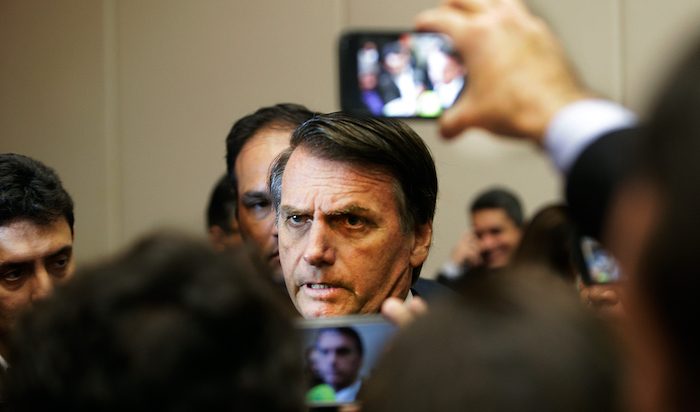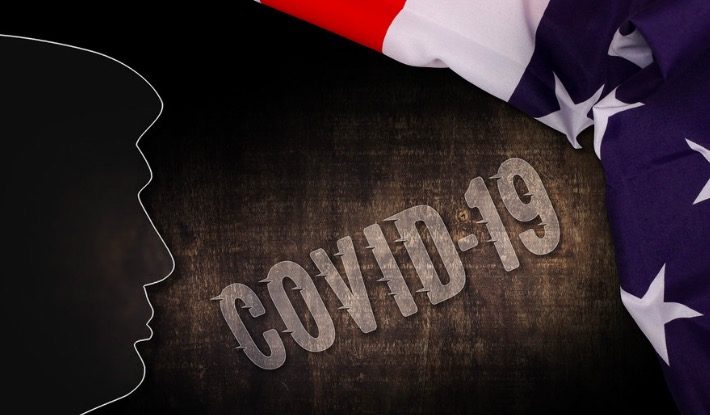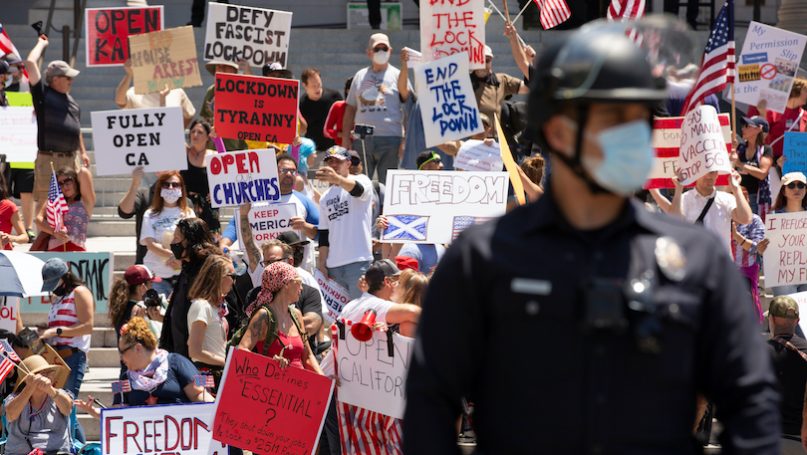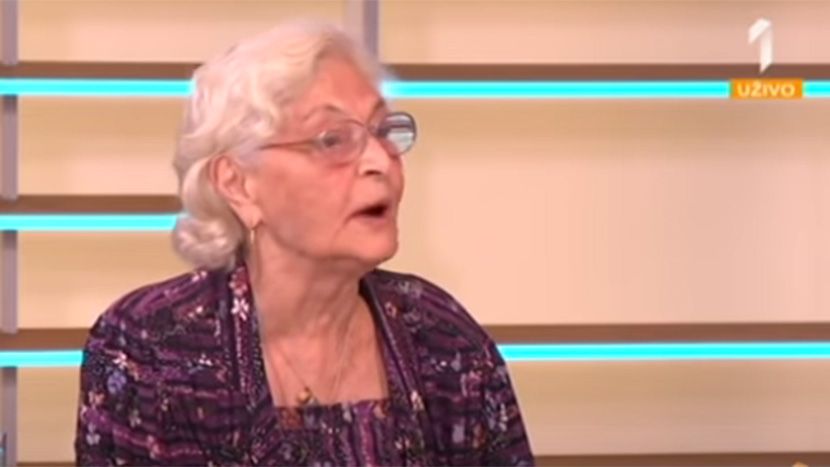Opinion – Impacts and Restrictions to Human Rights During COVID-19

The COVID-19 pandemic is a complex emergency, a biological and sanitary disaster that has impacted the entire world. Its multidimensionality is also present in the responses to it (health, security, economic, and political aspects), and a relevant element that ought to be present in the design and implementation of measures to face the new coronavirus implicates human rights. The impacts of COVID-19 on human rights can be divided into three main groups: 1) human rights affected, 2) vulnerable groups (both preexisting and whose vulnerability emerged from the pandemic), and 3) systemic impacts.
There are human rights touched by COVID-19 in terms of access to prevention and treatment, among which are the right to health (both physical and mental, and in terms of preventive actions to avoid contamination and remedy, and actions that allow access to health care); access to water and sanitary measures; access to information; and non-discrimination (in access and rights). Then, there are the rights impacted by the necessary responses to the pandemic, such as freedom of movement (shelter in place and ability to leave one’s home); freedom of assembly and association; right to work; labor rights; access to work and income; right to education, access to food security, and right to private property.
Besides these, some rights demand responses to be in place in order to be protected or not violated, such as the ones relating to humanitarian assistance, economic aid, and measures to prevent the increase in inequalities. And, lastly, some rights have been violated in the responses to COVID-19, such as freedom of expression, the right to privacy (encompassing data protection and protection against intrusive surveillance techniques), and non-discrimination (including the prohibition of xenophobia).
Human rights are fundamental, basic, and universal. Human rights are central to the life-projects of individuals, they comprise the core values of most societies (including the international community), and define human dignity. Consequently, restrictions imposed upon them are limited. First, they must be established by law – in International Law, for instance, in Article 4(2) of the International Covenant on Civil and Political Rights and the specific provisions of the rights to freedom of expression, freedom of assembly, freedom of thought, conscience and religion, in the human rights conventions.
Assistance in interpreting these restrictions are provided in General Comments 5 and 29 of the United Nations Human Rights Committee. Second, some rights are absolute and may not be suspended at all, such as the prohibition of torture. Third, only those rights which must be suspended to deal with the emergency may be limited. And fourth, the suspensions must be temporary, necessary, legal, and proportional.
The proportionality element requires, on the one hand, that States seek the least harmful measures possible in dealing with the emergency, and, on the other hand, it is closely related to the protection of vulnerable groups.
Vulnerable groups, in general, are identified by gender (women and LGBTI+ persons); age (children and the elderly); other specific conditions (such as disability, chronic illnesses, or lack of resources – such as for homeless persons); or status (prisoners, detainees, refugees, asylum seekers, ethnic/national minorities, and indigenous peoples). All of these vulnerable groups have been affected by COVID-19, for instance by domestic violence, sexual violence, limitation of access to legal abortion, “triple work shifts” (as women’s work has exponentially increased at work and home), restrictions in education, restriction in access to school meals, access to health systems, accessibility in general, closing of borders, exposure to risk in deliveries and essential works, detention conditions, inclusion in public policies and lack of specific and tailored public policies in the pandemic, as well as discrimination.
The COVID-19 emergency, however, has also created vulnerability for groups that are not generally thought of as vulnerable, such as health workers, essential workers, workers in the entertainment/cultural and the food industry, and journalists. It has, furthermore, exacerbated existing inequalities (social, economic, and in terms of access), thus impacting some groups disproportionately.
This reflects systemic problems in the societies at large. But the COVID-19 pandemic has brought forth other systemic issues. One issue relates to access to justice, with the judicial systems paralyzed and/or trying to figure out ways to reinvent or update their procedures to allow for access. In addition, worldwide calls to end systemic racism and reform police departments that have exercised excessive violence with regard to vulnerable groups reveal another systemic societal problem.
A second issue demands a reflection on the role and adequate access to technology, as, on the one hand, responses to the pandemic need to be globally shared, and on the other, a plethora of gadgets, tools, and apps have been the solution for some, while internet access remains unattainable for millions. The other side of the coin is the lack of control and incentive for the removal of misinformation and fake cures for COVID-19 being widely spread on the internet and followed by people who have no access to better information.
Third, there are challenges to democracy. Responses to polls about the pandemic have revealed that some people consider authoritarian regimes better able to deal with the pandemic than democracies. An understandable perception given that democracies require the consent of the governed to agree to the measures imposed upon them, whereas authoritarian regimes do not require such consent and in a democracy not all people will grant their consent resulting often in a less than perfect outcome. As democracies are the best environment for human rights, weakening democracies impacts human rights protection.
It is clear that the COVID-19 pandemic has had an important impact on human rights. Actions need to be taken to fight the emergency, but human rights need to be taken into consideration and be respected even during a pandemic.
Further Reading on E-International Relations
- Human Rights and Democracy Amidst Militarized COVID-19 Responses in Southeast Asia
- Opinion – COVID-19: Human Dignity Under Siege Amidst Multiple Crises
- Opinion – How to Call the COVID-19 Pandemic and Why it Matters
- Opinion – Cambodia’s COVID-19 Success, Economic Fallout and Image Crisis
- Can Populism Survive COVID-19?
- Opinion – Nationalism and Trump’s Response to Covid-19
- Opinion – Lessons America’s Adversaries Can Learn from the Covid-19 Pandemic
- Opinion – Revisiting Paradiplomacy in the Context of COVID-19
- COVID-19: An Opportunity for the Cambodian Government to Earn Trust
- Opinion – Post-COVID-19 Climate Change Politics




